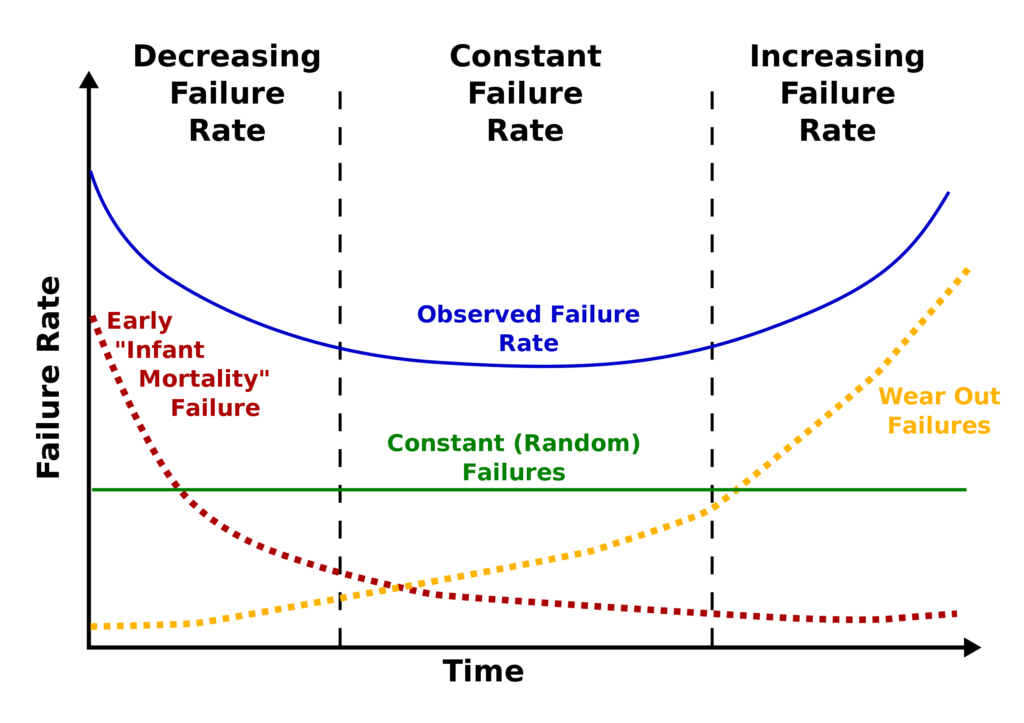What is Hofstadter’s Law?
Simply put, according to Hofstadter’s Law, projects usually take longer to complete than anticipated, even when the law is taken into account.
This is true for many businesses, especially when you are dealing with very complex projects that involve multiple teams.

Here is what Hofstadter’s Law says:
It always takes longer than you expect, even when you take into account Hofstadter's Law.
Very often, project time estimates are inaccurate. Even when you take into account the possibility that your staff will require a longer time to finish the project, this still occurs.
So, really, you should plan very far ahead and schedule well to avoid missing deadlines for time-sensitive projects.
Due to the lack of communication, accessibility, and control, even the most tightly controlled projects often end up being delayed or going over budget.
This law is a self-referential dictum since Hofstadter uses his own quotation to highlight a universal truth about progress.
Douglas Hofstadter stated this in the book he published in 1979 (Gödel, Escher, Bach: An Eternal Golden Braid), which he wrote as a cognitive scientist.
As Hofstadter thought his law extended to all complex jobs, the term “It” at the beginning of his law is intentionally all-inclusive. It shows that this law applies to many different fields when the task to complete has a certain complexity.
This article will discuss what Hofstadter’s Law is and why it is important for your business.
It will also suggest some of the things you can do to mitigate the effect of project delays to increase your company’s performance.
Table of Contents
Hofstadter’s Law and The Bathtub Curve
Let’s come up with a practical example in which the effect of Hofstadter’s Law is evident.
Imagine you are creating a new product and you estimate it will take 6 months to complete the MVP (Minimum Viable Product).
Based on Hofstadter’s Law you can already say that it will take longer than you expect to complete your MVP, even after taking into account Hofstadter’s Law.
But why?
To explain this, we will borrow a concept from reliability engineering—the Bathtub Curve.
You can understand why it’s called the Bathtub Curve by looking at the picture below. The Bathtub Curve is the blue line that has the shape of a bathtub.
The Bathtub Curve is the combination of a high rate of early failures, a steady low rate of failures during the lifecycle of a product and a high rate of wear out failures.

Engineers use this concept to show the early rate of failures for new products and processes. These initial failures are a necessary part of the stabilizing process and eventually decrease over time.
Before entering the normal life, or usable life, of a service or product where there is a low “constant failure rate”, you normally tend to notice a declining failure rate.
Once a program or technology hits its end of life, or “wears out”, the failure rate starts to rise once more (although some businesses never reach this point).
Going back to our example…
You can see how the high early failure rate can be one of the main reasons why you might not be able to deliver the MVP for your product within the expected timeline.
Those are all failures you couldn’t predict when you planned the MVP in the first place.
Also…
You probably already see the kind of impact this can have on both business and life in general.
The majority of people don’t grasp the concept behind the Bathtub Curve. This accounts in large part for why most people don’t go past the initial period, during which you experience failure after failure.
As a result, the majority of people quit trying too early, especially if they compare their business to the stories they read about people who had rockstar success with their businesses in a very short period of time.
If you have the chance to examine them closely, you’ll see that they frequently have years of failure at their backs.
Why Project Delays Cause Issues
Here are a few of the problems that frequently develop when projects go longer than expected.
Blaming And Pointing Fingers
Initiated from the top down, project timeframes are frequently assigned to high-profile releases.
Stakeholders may become impatient when initiatives take longer than expected to complete. They then start asking questions after that.
This way of thinking can have a negative effect on production. And it can lead team members to compromise quality in order to get products to market faster.
Additionally, it might undermine the trust between managers and staff. In a worst-case scenario, this might result in poisonous workplace culture with high employee turnover.
Opportunities Lost
Companies that put off releasing their products to the market run the danger of missing out on the opportunity of reaching potential customers early.
What happens if a competitor launches a similar feature or product before you do?
Also releasing a product to the market is a critical step to get quick feedback about it, feedback that is so important to test any assumptions made during the design phase and to improve the product.
Higher Prices
Long-running projects ultimately end up costing more money. In consequence, this lowers ROI and irritates shareholders and investors.
In the end, there isn’t much that organizations can do to actually stop Hofstadter’s Law from happening.
There are, however, tactics that businesses may employ to enhance communication and stop project timelines from getting out of hand.
Value stream management is a methodology that an increasing number of businesses are currently implementing. It is an effective method for managing project timelines.
Value Stream Management: What Is It?
This is a systematic approach that entails dissecting into discrete components each step of the project delivery process from conception through production.
Value stream mapping is the process of dissecting and evaluating each phase of the value stream. This is essential for producing goods that consumers want to buy.
How To Put Value Stream Management Into Practice
Value stream management isn’t really a new concept.
Value stream management, which has its roots in lean manufacturing, has recently been used by businesses to enhance project development and delivery.
Despite this tendency, there was a shortage of end-to-end control and visibility that made value stream management implementation extremely difficult until recently.
However, recent developments in value stream managing have made it much simpler for product managers to optimize the entire process.
For instance, Plutora provides a strong value stream managing platform that allows teams complete project visibility.
Utilize value stream management on a reliable, safe, cloud-based platform with Plutora, which is reachable from anywhere.
Value Stream Management Platform’s Advantages
What are some of the main advantages of implementing value stream management in your business?
Let’s have a look.
Accelerating The Production Cycle
A user-friendly interface on a value stream platform provides product managers with a bird’s-eye view of the project development process.
Product managers can visualize and integrate value streams thanks to the platform. This makes it simpler to spot and address problems that are preventing production.
In the end, this produces production cycles that are quicker and more effective, with fewer errors and missed deadlines.
Improvement Of Test Environments
Conflicts frequently result from poorly managed testing environments. A value stream management software with capabilities for custom test environment management makes testing considerably simpler.
Teams may manage conflicts, track system requirements, and consolidate bookings using a user-friendly platform.
Professionals can leverage centralized scheduling and self-service booking engines to enhance communication and prevent conflicts from arising.
Increasing Governance
Businesses cannot afford any failures in compliance or adherence to policy.
Strong governance is therefore important to stop data leaks and decrease security flaws.
The good news is that a platform for value stream management can simplify governance and guarantee that rules are followed at every level of production. It’s a simple method to increase compliance.
Releasing Controls
Careful collaboration, testing, and preparation are necessary for release management.
Release management is made simple with a value management system, which also makes it simple to plan and organize hierarchical releases, handle approvals, and keep track of releases.
Enhancing Interaction And Cooperation
Without the proper insights, it is impossible to speed up production processes and improve business decisions. This is the area in which value management systems excel.
Along with dashboard displays with contextual data, Plutora offers a range of metrics and insights.
Additionally, the platform provides automated role-based reporting to keep stakeholders updated at all stages of development.
With this knowledge, teams can see their progress and collaborate on suggestions to speed up development and finish apps.
It’s a simple technique to raise the possibility that your project timeframes may be cut down, at least a little.
Final Thoughts
This article has provided a brief overview of Hofstadter’s Law, why it is important and why you need to keep it in mind and use systems and processes to keep delays and unhelpful work environments at bay
Hofstadter’s Law is an important consideration for all businesses and projects, and without knowledge of this concept – your business will be more prone to failure.
Product managers and experts may take tension and confusion out of the picture by utilizing a value stream software solution.
Silos are destroyed, and better collaboration and communication are made possible.
When you employ this kind of method, you can sell things more quickly and affordably.
These technologies can also get rid of the bad workflow inefficiencies that cause finger-pointing and turnover.

I’m a blogger and entrepreneur. I want to help you in your journey to build your business online.


